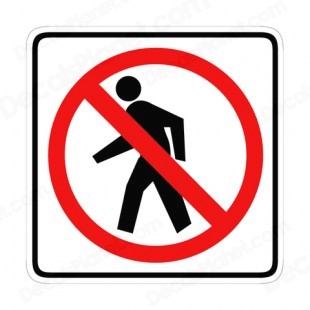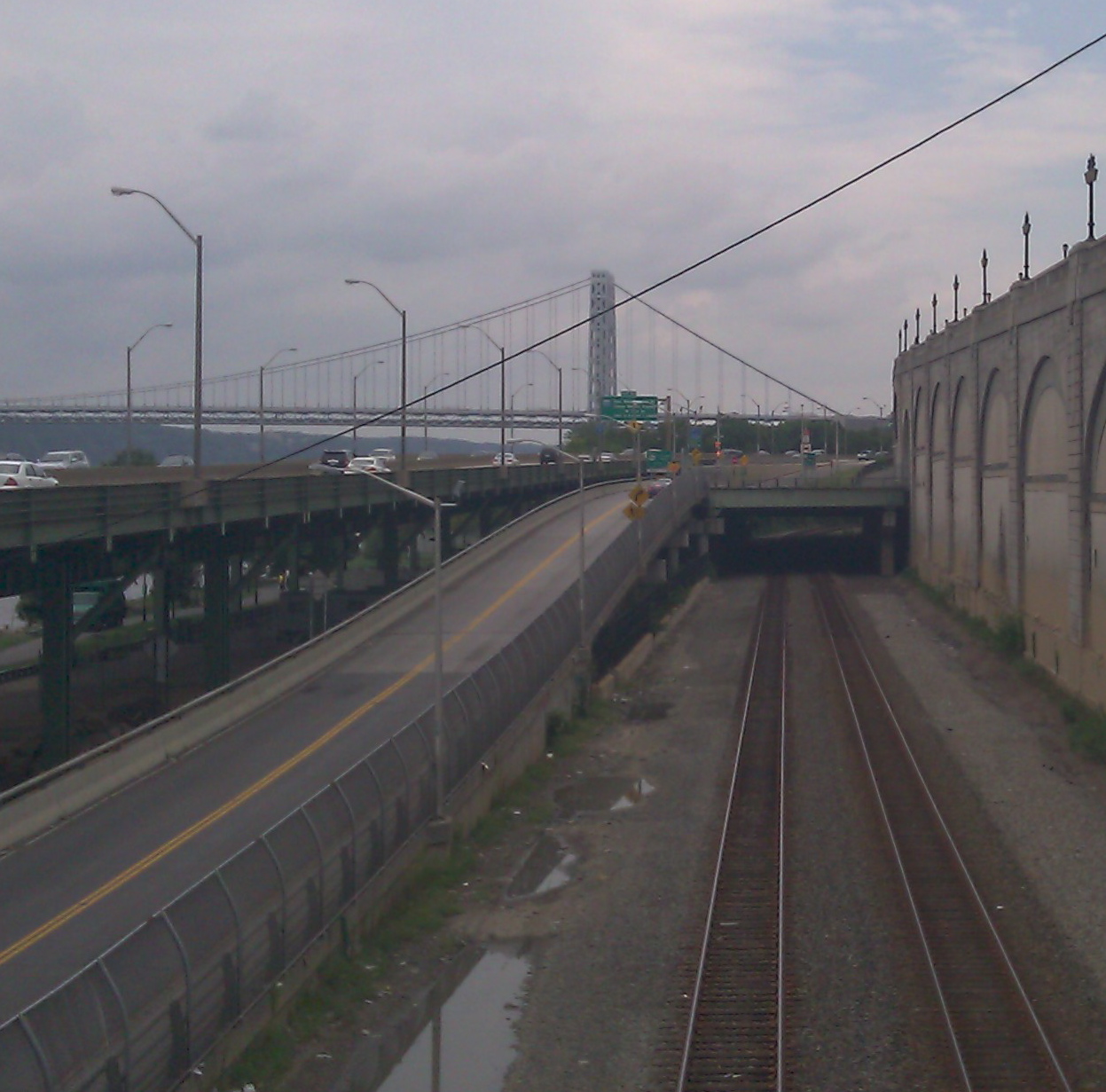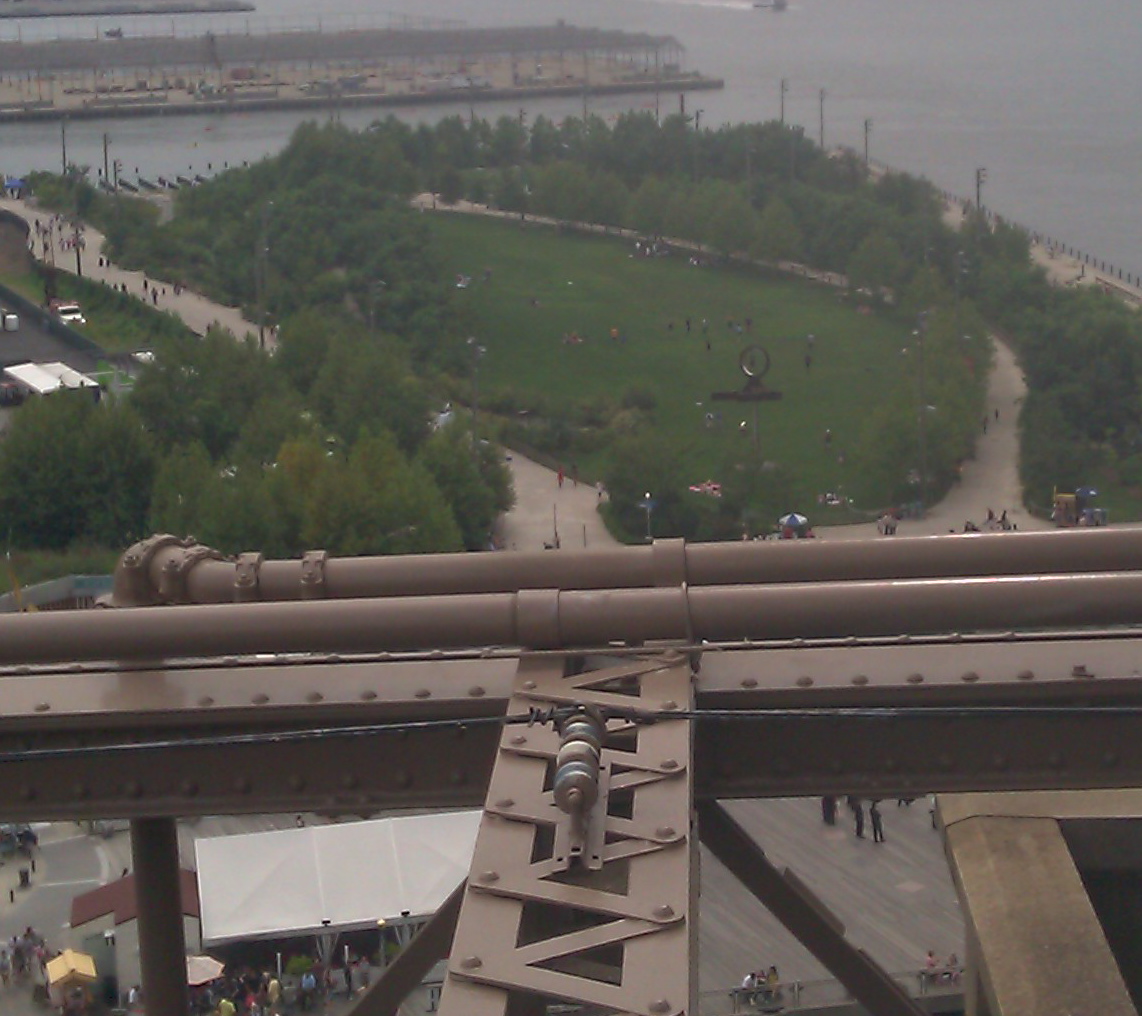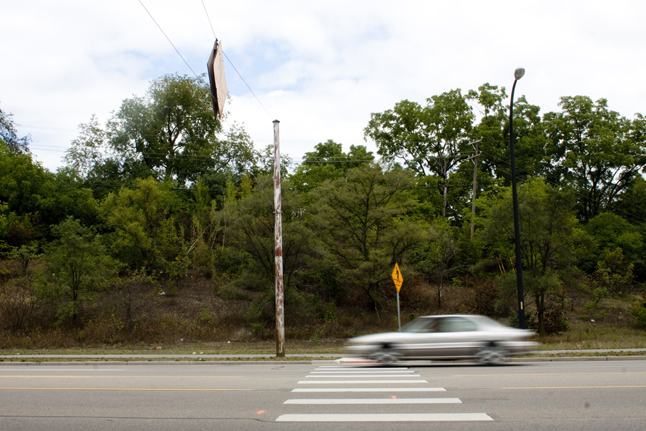One of the strangest things about rural areas is the near-total absence of people walking and biking. Today I am visiting family in the Pocono Mountains area of Eastern Pennsylvania. It is very rural but in each town there is a two-lane state highway with suburban-style retail and shopping establishments that generate lots of car traffic. The most bizarre thing though, is that signs are posted at numerous intersections prohibiting pedestrians.
Am I supposed to see the sign and say, “oh, oops ... I guess I’ll call my friend to drive me across the street”? What is the penalty for attempting to cross the street, and if it is ever enforced? Will I be labeled "at fault" in a crash if I cross safely? Some places have both a crosswalk and a “no pedestrians” sign. Make up your mind, PennDOT, but you can't just arbitrarily ban walking. Unlike an walking on an expressway, it is not inherently dangerous to cross a two-lane state highway at a signalized intersection.
All of the streets here are designed for cars only (and sometimes trucks). When I say that is the case in cities it's because other modes are an afterthought; here they just ignore the other modes altogether. Walking is not safe, so nobody walks, so there are not even basic pedestrian facilities like sidewalks and marked crosswalks for people to walk in, so it's unsafe to walk....
Since you generally can’t walk anywhere from your house, you always have your car with you, and therefore many people drive their cars as little as one block (i.e. across the street or to the other end of a strip mall parking lot). I think it’s a combination of habit, laziness and the complete lack of safe places to walk. Of course, some people do walk, either for very short trips, to meet someone for a ride, to exercise, or to take the bus or shared-ride van.
It’s already challenging to walk in these places. Replacing arbitrary and discriminatory signs with simple pedestrian signals would make street and highway crossings much safer and promote walking as a legitimate use of the road.












